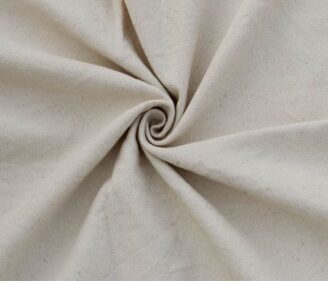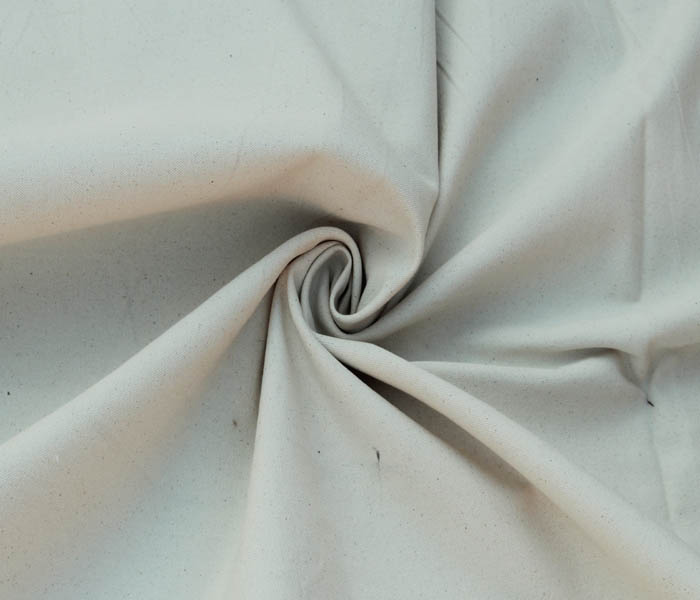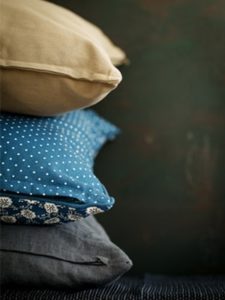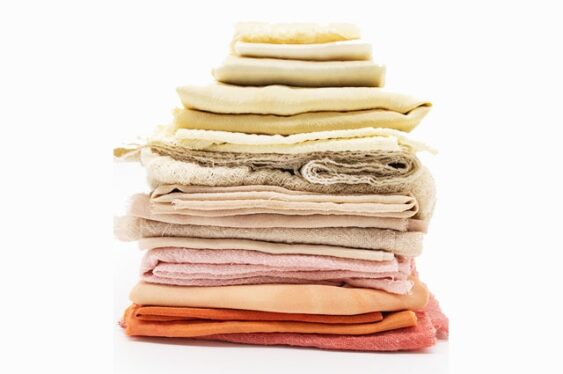What is Canvas Fabric?
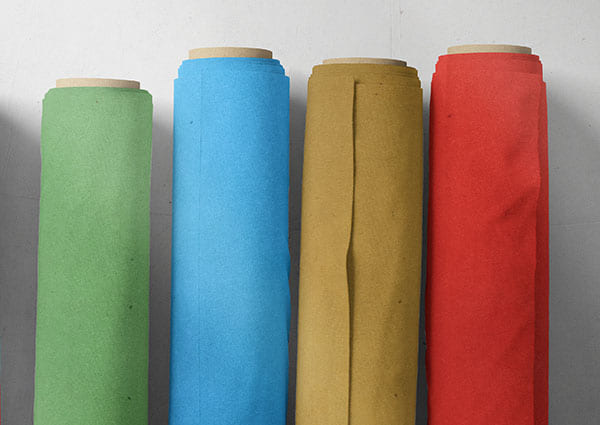
Canvas fabric is durable and a staple in various industries. It is known for its strength, versatility, and rugged texture. Everyday applications are prized for their durability, versatility, and finish.
Canvas is now commonly produced from cotton or linen, though modern variations can include synthetic fibers like polyester. It is a heavy-duty fabric known for its robustness and sturdiness.
It is used for making cloth and garments because of its quality and comfort which gives it versatility and uniqueness to your wardrobe.
Origins and Evolution
The canvas material has been used for centuries in various applications due to its versatility and durability. From art canvases to heavy-duty outdoor gear, canvas fabric has found its way into our daily lives.
The canvas cloth is primarily crafted from cotton, linen, or a blend of both, resulting in a highly durable and versatile material. The weave structure of canvas fabric gives it exceptional strength, making it suitable for a wide range of applications.
Historians believe that the word “canvas” comes from either the Greek or Latin word for “cannabis.” With the blossoming of the Indian cotton trade that began in the 17th century, European hemp production declined, but the very name of canvas fabric remains a fascinating reminder of this textile’s hempy origins.
Characteristics of canvas fabric
This fabric is typically woven from cotton or linen, making it incredibly strong and resistant to wear and tear, which is why it’s commonly used in products like tents, backpacks, and workwear.
Breathability: Cotton canvas is a breathable fabric that allows air to circulate, making it a good choice for warmer climates. Its durability and natural fibers provide comfort while still being sturdy enough for various uses, whether in clothing, bags, or other items.
Water Resistance: Many canvas fabrics are treated to resist moisture, making them suitable for outdoor applications. Canvas fabric is not inherently waterproof.
Flexibility: It has become more supple with time and usage, allowing for comfortable wear and use in various applications.
Ease of Printing and Dyeing: The texture of canvas provides an excellent surface for printing. Artists favor it not only for its physical properties but also because the paint adheres well to its surface.
Types of Canvas Fabric
Plain Canvas
Plain canvas has a thread count between 50 and 100. It consists of rough, wide fibers with a relatively loose weave. This type of canvas is most appropriate for industrial purposes since it has a rough hand and can be abrasive when worn against the skin.
Artist Canvas
Specifically designed for painters and artists. Primarily made from linen or cotton, this canvas provides a perfect surface for oil and acrylic paintings, offering the ideal texture and absorbency.
Linen Canvas
Ancient Egyptian sailmakers used linen to make their canvas, and while this fiber isn’t commonly used to make sails anymore, artists prize linen canvas for its rigid durability. Linen canvas may last longer than cotton canvas.
Duck Canvas
It also known as duck cloth, is a tightly woven canvas made from cotton or a cotton-polyester blend. It’s commonly used for outdoor applications like tents, sails, and heavy-duty bags due to its water-resistant and rugged nature.
Cotton Canvas
Most canvas fabrics on the market contain cotton fibers. Compared to linen and hemp, cotton is stretchier, and it is both fluffier and smoother to the touch. At the same time, cotton is less durable than either linen or hemp.
Uses of Canvas Fabric
Fashion
It is used for making bags canvas shoes and jackets, and it is a popular choice due to its versatility durability, and style. It makes your wardrobe unique8ijm and elegant.
Home Decor
Canvas is widely used in upholstery, curtains, and cushions. Its ability to accept dyes and prints allows for a myriad of aesthetic options in home furnishings.
Crafting and DIY
Canvas is a favorite among crafters due to its versatility. From making rustic wall art to tote bags, its possibilities are endless.
Outdoor Gear
For items requiring durability against the elements, traditional and synthetic canvas is employed in tents, backpacks, and tarps. Its resistance to wear and tear makes it ideal for outdoor activities.

